55% of IndiGo domestic flights delayed due to crew calling in sick; DGCA seeks explanation
Radhika Bansal
04 Jul 2022
55% of IndiGo domestic flights were delayed on Saturday, July 2 as a significant number of cabin crew members took sick leave, with sources in the industry saying they ostensibly went for an Air India recruitment drive.
When asked about this, Arun Kumar, who heads the aviation regulator DGCA, told PTI on Sunday, July 3, We are looking into this.
"Directorate General of Civil Aviation (DGCA) has taken strong cognizance of IndiGo operations and sought a clarification/explanation behind the massive flight delays nationwide," DGCA officials told ANI.
55% of IndiGo domestic flights delayed due to crew calling in sick; DGCA seeks explanation
Many of the crew members, who opted for sick leave, are said to have lined up for the Tata Group-owned carrier’s interviews in metros such as Delhi, Mumbai, Kolkata, Hyderabad and Bengaluru. As a result, pilots inside many IndiGo planes and passengers at terminals kept waiting for their flights to take off and a few flights had to be cancelled, said sources.
The phase-2 of Air India's recruitment drive was conducted on Saturday, July 2 and a majority of IndiGo's cabin crew members who took sick leave went for it, the sources in the industry added.
IndiGo, India's largest airline, which currently operates approximately 1,600 flights --domestic and international -- daily was hit by the non-availability of crew members resulting in the delayed departure of 900 flights.
Many of the crew members, who opted for sick leave, are said to have lined up for the Tata Group-owned carrier’s interviews in metros such as Delhi, Mumbai, Kolkata, Hyderabad and Bengaluru.
According to the Ministry of Civil Aviation's website, 45.2% of IndiGo's domestic flights operated on time on Saturday, July 2. Nearly 30% of IndiGo flights were delayed on July 3.
In comparison, the on-time performances of Air India, SpiceJet, Vistara, Go First and AirAsia India was 77.1%, 80.4%, 86.3%, 88% and 92.3%, respectively, on Saturday, July 2.
IndiGo CEO Ronjoy Dutta on April 8 told employees through an email that raising salaries is a difficult and thorny issue but the airline will constantly review and adjust wages based on its profitability and the competitive environment.
ALSO READ - IndiGo CEO Ronojoy Dutta addresses salary concerns, says will review wages regularly
IndiGo had on April 4 suspended a few pilots who were planning to organise a strike the next day to protest against the pay cuts that were implemented during the peak of the COVID-19 pandemic.
Nearly 30% of IndiGo flights were delayed on July 3.
ALSO READ - IndiGo partially restores pilot salaries by 8% from April 1
The Tata Group took control of Air India on January 27, after successfully winning the bid for the airline in October 2021. Air India plans to buy new planes and improve its services, and it recently started a recruitment drive for fresh cabin crew members.
Air India is "clearly reorganising" itself under the "able stewardship" of the Tata Group and wants to invest in new planes to regain international passenger market share, Christian Scherer, Chief Commercial Officer of aircraft manufacturer Airbus, said on June 19 in Doha.
During the peak of the pandemic, Indigo had slashed the salaries of its pilots by as much as 30%.
The phase-2 of Air India's recruitment drive was conducted on July 2 and a majority of IndiGo's cabin crew members who took sick leave went for it
On April 1 this year, the airline announced its decision to increase the salaries of pilots by 8%. It said that another hike of 6.5% will be implemented from November onwards in case there are no disruptions. However, a section of pilots remained unsatisfied and decided to organise a strike.
ALSO READ - IndiGo pilots suspended for planning a strike to protest pay cuts
Domestic air passenger traffic had jumped to 1.2 crores in May 2022, marking a surge of 11% as compared to the preceding month, as per the data shared by the Directorate General of Civil Aviation (DGCA) on June 22.
The numbers indicate that the air traffic has inched closer to the pre-pandemic level, as the domestic airlines had cumulatively ferried a total of 1.22 crore passengers in May 2019. In the past month, IndiGo's passenger load factor increased to 81%, as against 78.7% in April 2022.
On April 1 this year, the airline announced its decision to increase the salaries of pilots by 8%.
While IndiGo’s case is a one-off, airlines across the world are forced to cancel flights because of staffing issues. Carriers in Europe and the US are cancelling thousands of flights.
Lufthansa has cancelled 3,100 flights scheduled in July and August. American Airlines cancelled close to 4,500 flights, Delta Air Lines over 2,700 flights and United Airlines close to 2,000 flights according to global reports.
In London’s Heathrow airport, chaos has ensued due to massive understaffing. This included hundreds of cancelled flights as the airport can’t handle them, long queues and thousands of baggage items being untraceable.
Read next
Odisha Chief Minister Naveen Patnaik has said that direct flights will be operated between Bhubaneswar to Dubai very soon. He made this announcement while addressing the Odia diaspora in Dubai.
Nearly one lakh people of Odisha live in the United Arab Emirates. Direct air connectivity between Dubai and Bhubaneswar has been their long-pending demand.
The chief minister's private secretary VK Pandian, who is accompanying Patnaik on the foreign tour, said that the Odisha government has already proceeded with a viability gap funding (VGF) plan for direct flight services between Dubai and Bhubaneswar.
Direct flights from Bhubaneswar to Dubai soon - Odisha CM
VGF is a grant provided to support infrastructure projects that are economically justified but fall short of financial viability.
While attending the programme, Chief Secretary SC Mohapatra said that the Odisha government will give subsidies to airlines willing to operate direct flights from Dubai to Bhubaneswar under the VGF scheme.
Once the air route becomes economically viable, the government need not give subsidies to the airlines
In that arrangement, the government provides subsidies to flight operators for a period of three to six months for new destinations expecting that the operations would be financially viable within that period.
Once the air route becomes economically viable, the government need not give subsidies to the airlines, Mohapatra said.
The scheme was introduced for international flights from Bhubaneswar to Malaysia and Thailand two years ago. Later, it was extended to domestic flights, official sources said.
Read next
China completes testing of "Nanqiang No.1" - a revolutionary hypersonic airliner technology
Prashant-prabhakar
03 Jul 2022
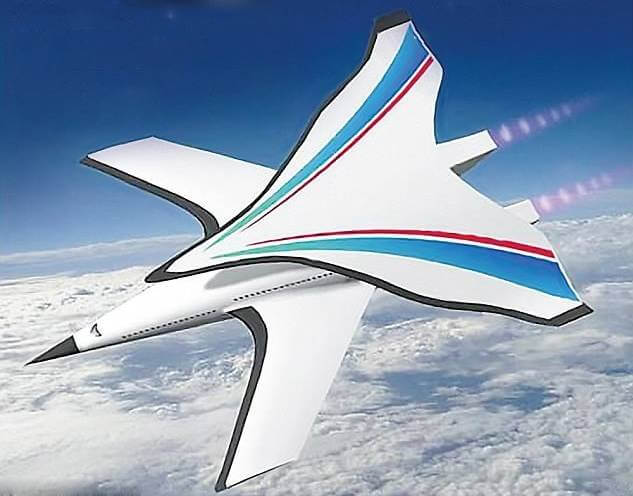
According to Chinese media reports, a small prototype hypersonic aircraft for civilian use has finished the first stage of testing in China.
The prototype dubbed - "The Nanqiang No 1" is likely to be a technology demonstrator for a hypersonic airliner and has been tested in a laboratory in Fujian Province, China.
Reportedly, the unmanned aircraft weighs just 500kg (1,100 pounds) and can hit five times the speed of sound or faster. Apparently, three different types of power systems have been integrated into its small body- a design which seemed to be inconceivable initially.
The unique power system, also known as "MUTTER' - acronym for "multi-ducted twin-turbines ejector-ramjet/scramjet", includes a pair of turbine engines, a small rocket and two air-breathing ramjets or scramjet engines.
scmp.com
The breakthrough of this technology will greatly shorten the round-the-world flight time.Lead project scientist Yin Zeyong wrote in a paper published last week in Acta Aeronautica et Astronautica Sinica, a peer-reviewed journal run by the China Society of Aeronautics and Astronautics
Reportedly, Yin’s team stuck to the MUTTER design despite it being more complex than most hypersonic flight vehicles proposed prior. One of the main challenges faced by the team was forcing three different types of engines to share a single air inlet, something which computer modelling, ground testing and early test flights showed were possible.
According to the researchers, the two turbines could provide a high thrust at a speed below Mach 2 upon take-off. The rocket engine would then accelerate the aircraft to Mach 4. Subsequently, the sub-ramjet above and the main-ramjet below the aircraft would ignite and take the plane to a cruising speed at Mach 6.
Representative | Air Force Technology
The reusability of the small rocket engine after being subject to work in an extreme environment is uncertain.
Yin further said that for the airline to be commercially viable, the technology must be more efficient as a hypersonic airliner would carry 10 adult passengers, making up only about 2 per cent of its weight.
Researchers test a component of Nanqiang No 1 hypersonic unmanned aircraft in a laboratory in Fujian province. Photo: Xiamen University, Science and Technology Daily
Although the project is beset with technological challenges, the construction of a full-sized passenger plane with a total weight reaching 72 tonnes would likely begin before the end of the six-year programme.
The design team would also have to work on an effective plan to slow down and land the aircraft quickly in an emergency.
SOURCE(s)
COVER: Aviation A2Z
Read next
Airbus SE won one of its biggest-ever orders for 292 airliners worth more than USD 37 billion from four Chinese airlines, a coup for the European manufacturer as it tussles with Boeing Co. for dominance in Asia’s largest economy.
China Eastern Airlines Corp. will buy 100 A320neo narrow-body jets, while Air China Ltd. will take 64 units, with its Shenzhen Airlines subsidiary acquiring 32 more, according to separate company filings. China Southern Airlines Co. said earlier it would buy 96 A320neos, as well as lease additional planes.
The announcements represent China’s first major jetliner orders in about three years and help cement Airbus’s position in the market, where the European manufacturer has built an advantage thanks to a local final assembly line.
Chinese airlines orders 292 Airbus A320neo aircraft (Image Courtesy - AeroTime Hub)
Boeing has historically counted China Southern as its biggest customer, but business has slowed for the manufacturer in the wake of two crashes of its best-selling 737 Max model and as political tensions rise between Washington and Beijing.
Boeing reacted sharply to the announcement, unusually crediting "constructive dialogue" between European governments and Beijing for the blockbuster order and urging the U.S. and Chinese governments to engage in productive discussions.
The orders were announced to add to robust demand from China. Airbus secured a USD 35 billion jet deal during a state visit by President Xi Jinping to the French capital in March 2019. Both manufacturers will be vying for more business at the Farnborough Air Show, which kicks off in the middle of the month at a venue south of London.
Boeing has counted China Southern as its biggest customer, but business has slowed for the manufacturer in the wake of two crashes of its best-selling 737 Max
Airbus gained as much as 4.9% in Paris. Boeing rose as much as 3.7% in US trading.
The China Southern aircraft will be delivered from 2024 to 2027, according to a stock exchange filing Friday, July 1. The carrier will separately lease 19 A320neos. Handovers to Air China will span from 2023 to 2027 and those to Shenzhen Airlines from 2024 to 2026.
China Southern in May removed more than 100 of the US firm’s 737 Max jets from its near-term fleet plans, citing uncertainty over deliveries. The airline previously outlined plans to rapidly expand its 737 Max fleet, saying in March that 39 were due this year, building toward a total of 103 deliveries through 2024.
Airbus secured a USD 35 billion jet deal during a state visit by President Xi Jinping to the French capital in March 2019.
None of China’s other state-owned carriers has said if they might resume taking the Max once it’s officially back in service. China was the first to ground the plane following fatal crashes in Indonesia in October 2018 and Ethiopia in March the following year.
Still, Boeing managed to outsell Airbus in 2021 for the first time in three years on demand for the 737 Max. The planemaker notched 909 gross orders in 2021, compared with 771 sales at Toulouse, France-based Airbus.
Since the Max grounding, Airbus has surged ahead of Boeing in grabbing orders and market share for narrowbody jets, even as the European planemaker struggles with ramping up production to meet surging demand. Last month, Chief Executive Officer Guillaume Faury said a delayed arrival of engines meant Airbus was unable to deliver otherwise fully built jets.
At the end of 2021, China Southern -- the country’s largest airline -- had a fleet of 399 Boeing narrowbodies
To meet its growing backlog, Airbus is pushing ahead with ambitious plans to ramp up production of its bestselling A320 family of jets to 75 a month by 2025 as it looks to widen its lead. Airbus wants to begin making the larger A321neo at its site in Tianjin by year-end.
Fast-growing Indian budget carrier IndiGo, operated by InterGlobe Aviation Ltd., is the world’s largest customer for A320neos, having ordered 730 of those jets.
At the end of 2021, China Southern -- the country’s largest airline -- had a fleet of 399 Boeing narrowbodies, according to its latest annual report. It also had 334 Airbus A320 series narrowbodies at the end of 2021.
China Eastern has been roiled by the crash of a Boeing 737-800 jet in March, killing 132 people on board.
ALSO READ - China Eastern B737-800 crash – here’s what is known so far
China Eastern has been roiled by the crash of a Boeing 737-800 jet in March, killing 132 people on board. Investigators are examining the actions of the crew, with no evidence found of a technical malfunction, people briefed on the matter have said.
ALSO READ - Airbus plans to increase production of its single-aisle narrowbody A320-family jets in 2023
ALSO READ - The Airbus-Boeing duopoly – can it ever be broken?
(With Inputs from Bloomberg)
Cover Image - Nathan Walkowiak (Flickr)
Read next
In a first, India conducts the maiden flight of its "Stealth Wing Flying Testbed"
Prashant-prabhakar
02 Jul 2022
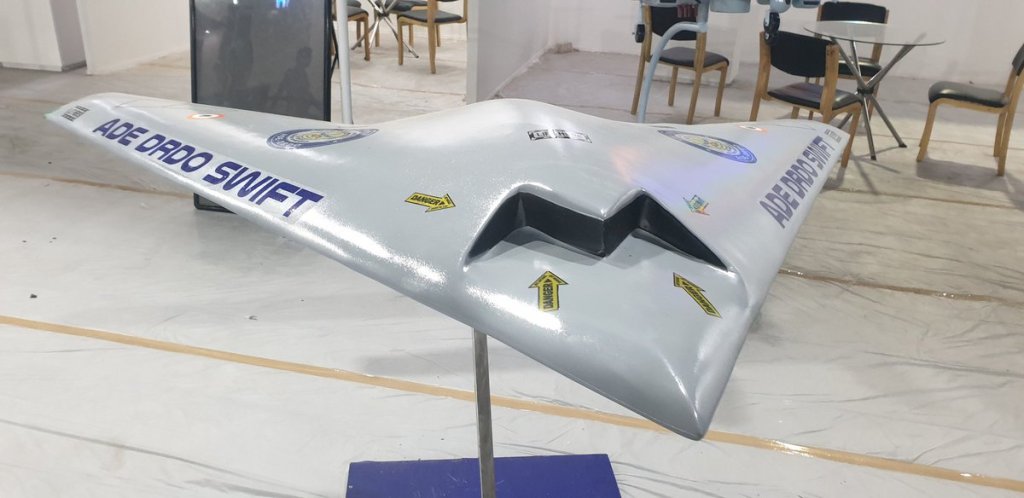
In what can be termed a major advancement toward India's plans to have a full-fledged stealth combat drone, the country successfully carried out the maiden flight of the Autonomous Flying Wing Technology Demonstrator from the Aeronautical Test Range at Chitradurga in Karnataka on Friday.
Defence View
The test demonstrator dubbed the "‘Stealth Wing Flying Testbed’ (SWiFT)", has an uncanny resemblance and looks like the mini version of a US B-2 stealth bomber with a similar “flying wing” configuration.
According to DRDO, the aircraft performed a perfect flight, including take-off, way-point navigation and a smooth touchdown while operating in a fully autonomous mode.
This flight marks a major milestone in terms of proving critical technologies towards the development of future unmanned aircraft and is a significant step towards self-reliance in such strategic defence technologiesDRDO
SWiFT-India’s secretive unmanned combat aerial vehicle (UCAV) programme
SWiFT UAV is a Technology Demonstrator and is a scaled-down version of Ghatak UCAV (Unmanned Combat Air Vehicle). The main intent of SWiFT UAV is to demonstrate and prove the stealth technology and high-speed landing technology in autonomous modeDRDO
Wikipedia
Ghatak is intended to be an unmanned aircraft which can not only be used for surveillance but also to fire precision weapons at designated targets, using its stealth features to avoid detection by enemy sensors in contested airspace.
In June 2021, DRDO initiated ground trials of the first assembled prototype weighing 1-ton all-up weight and powered by an NPO Saturn 36MT turbofan engine. The Russian engine will be replaced by Manik Small Turbofan Engine (STFE) at a later stage developed Gas Turbine Research Establishment (GTRE) which was already successfully tested on the Nirbhay cruise missile and Indigenous Technology Cruise Missile (ITCM).
NPO Saturn 36MT turbofan | Twitter
Reportedly, the airframe, undercarriage and the entire flight control and avionics systems were all developed indigenously.
https://www.youtube.com/watch?v=P_OC4H8OzL4
The Defence Ministry highlighted that the aircraft marks a major milestone in terms of proving critical technologies for the development of future unmanned aircraft. Furthermore, this aircraft is a significant step toward self-reliance in such strategic defence technologies.
A full-scale prototype is expected in 2024–25.
SOURCE(s)
COVER: Defence View
Read next
The Airports Authority of India has written to the Bengal government for 37.74 acres of land next to the Indian Air Force base in Hasimara to convert it into a civil enclave to operate passenger flights.
Hasimara is located right in the Dooars, close to the Bhutan border as well as the Jaldapara wildlife sanctuary.
Sources in the AAI said the outfit’s jurisdiction would be limited to the passenger terminal while all other activities at the civil enclave would be handled by the IAF.
AAI plans to upgrade Hasimara Air Force Station into a civilian airport. (Image Courtesy - Foursquare)
Civil aviation minister Jyotiraditya Scindia, in a letter to Alipurduar MP John Barla, revealed that AAI had surveyed the infrastructure at Hasimara and found it suitable to operate C-type civilian aircraft or commonly-used planes such as Airbus A320 and Boeing B737.
This also makes the airport suitable for the operation of smaller aircraft such as ATR, Bombardier Q400 Dash 8 and Embraer ERJ that are used in regional flights.
The airport at Hasimara, which has a 2,740-metre runway, is used for sorties by IAF’s Sukhoi Su-30MKI and Rafale fighter jets. Bagdogra, the only other airport in north Bengal, is 137km from Hasimara.
Bagdogra, the only other airport in north Bengal, is 137km from Hasimara (Image Courtesy - Construction World)
If Hasimara gets the go-ahead, it will be an alternative to Bagdogra, which is also a civil enclave. This April, when Bagdogra had been shut for runway repairs, fliers did not have a viable alternative though some did fly to Pakyong Airport in Sikkim and then undertook a five-hour road journey to reach Siliguri.
“I assure you of all cooperation of this ministry,” Scindia added.
The three airports nearest to Hasimara are Bagdogra, Cooch Behar and Rupsi, which is in the Dhubri district of Assam. These are located 137km, 57km and 117km, respectively, from Hasimara. The Cooch Behar airport, however, is not operational.
Rafale fighter jets inducted into the 101 squadrons of the IAF that are posted at the air force base are stationed there. (Image Courtesy - Telegraph India)
Hasimara Air Force Station is an Indian Air Force (IAF) base located in Alipurduar district, West Bengal. It was established in 1962 during the India-China war. Rafale fighter jets inducted into the 101 squadrons of the IAF that are posted at the air force base are stationed there.
Hasimara is located strategically near the Indo-Bhutan border. It is also the closest Indian air base to the Chumbi Valley - the tri-junction between the Indian state of Sikkim, Bhutan and the Tibet Autonomous Region.
The airport is situated at an elevation of 340 ft (104 m) above mean sea level. It has one runway with concrete surfaces: 11R/29L measuring 9,000 by 148 feet (2,743 by 45 m).
Cover Image - Trishul Trident

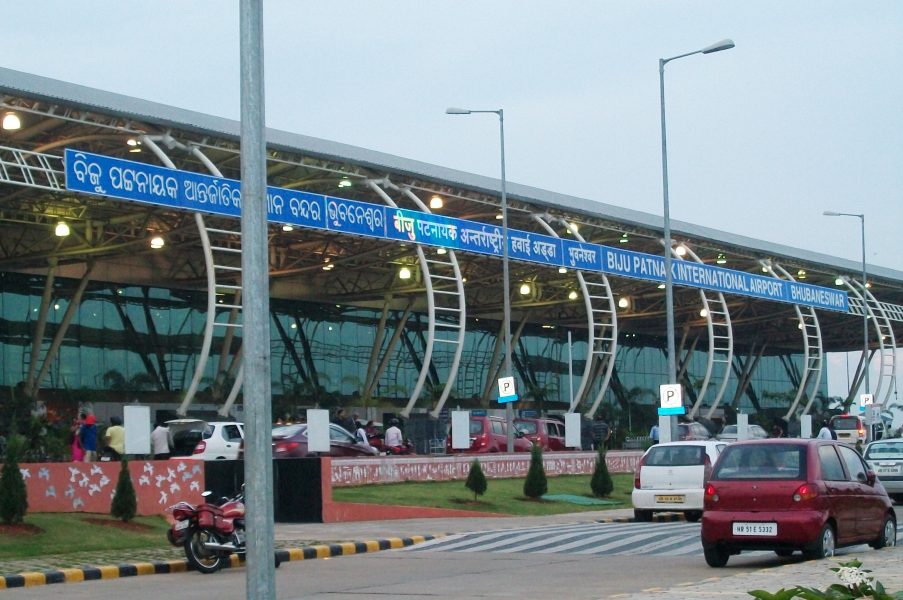

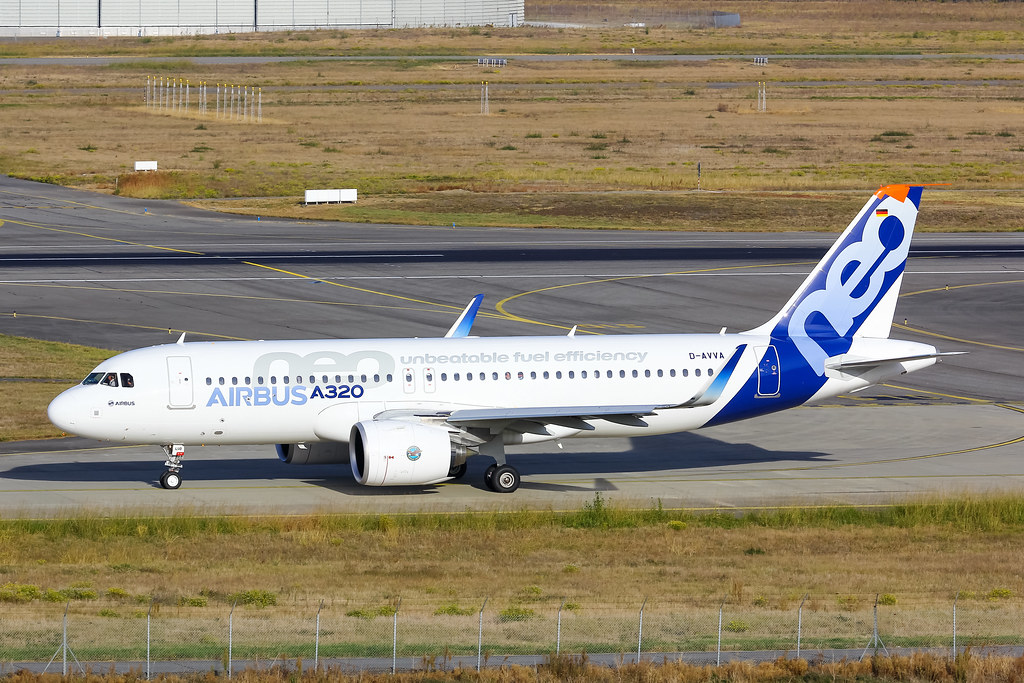
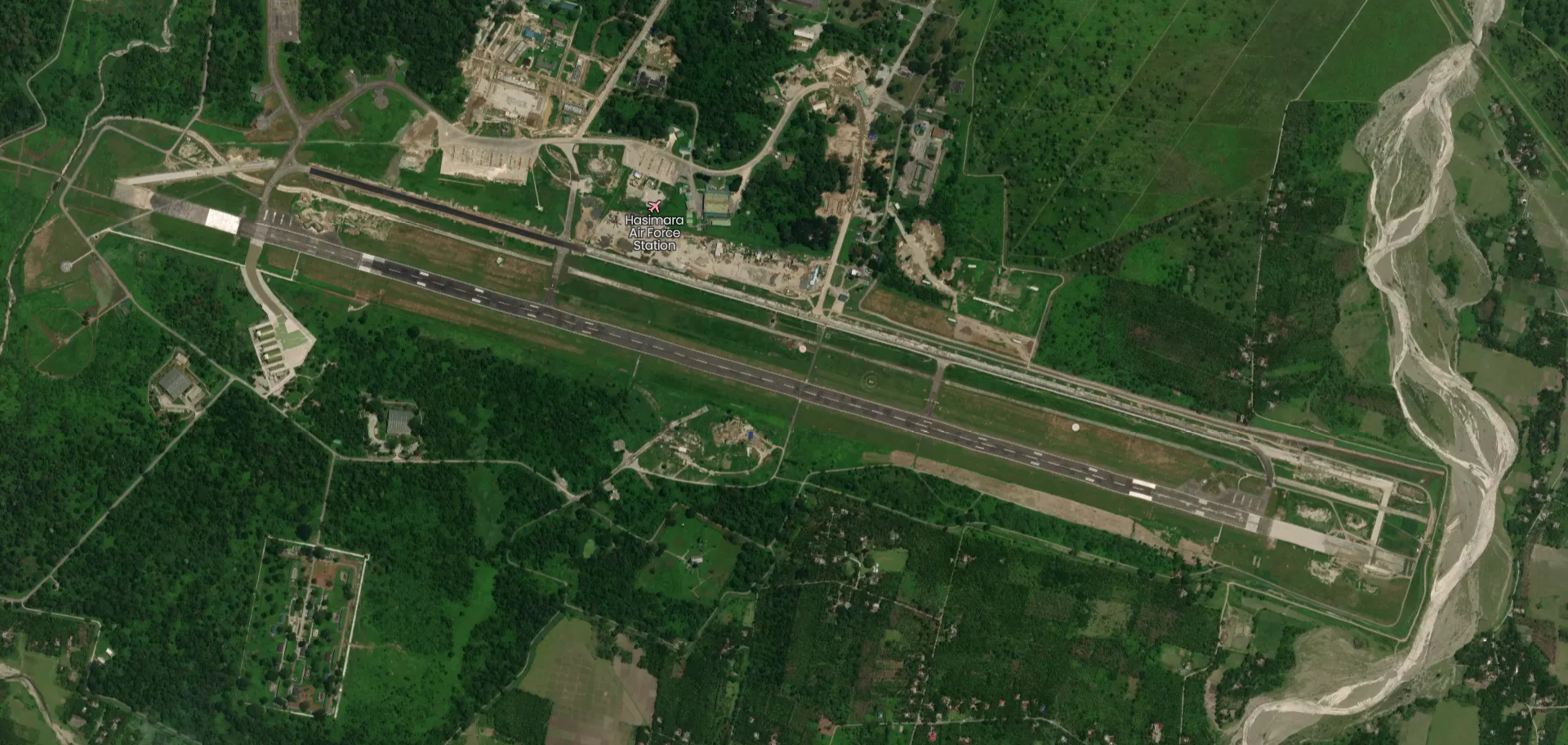
Comment